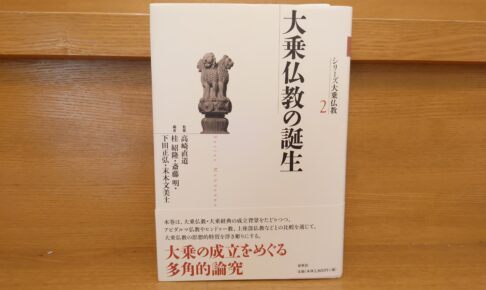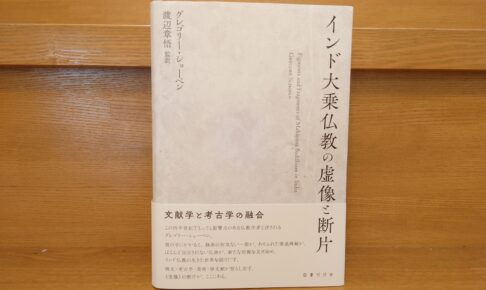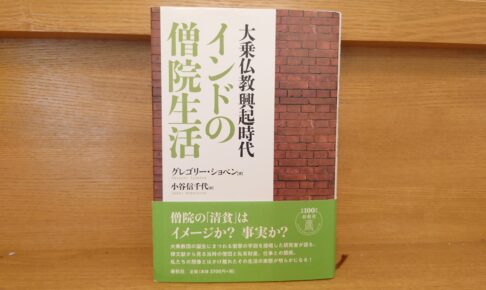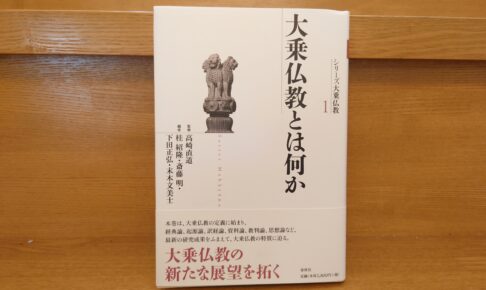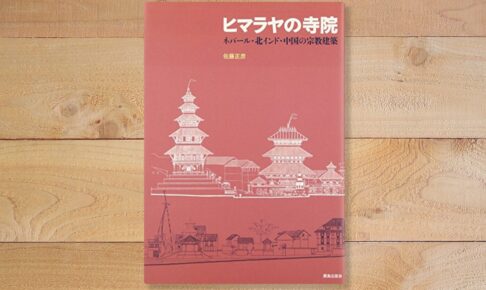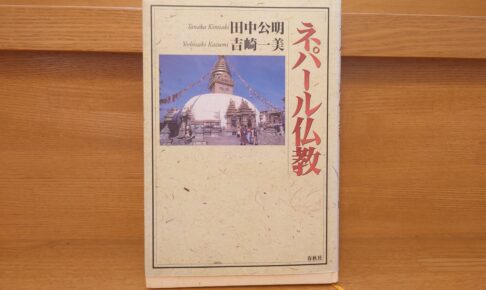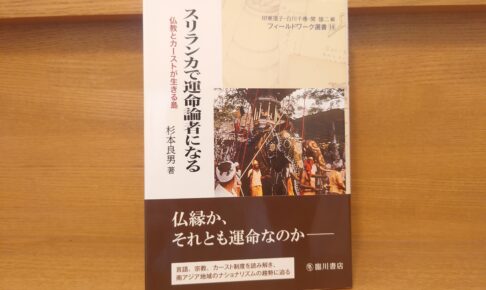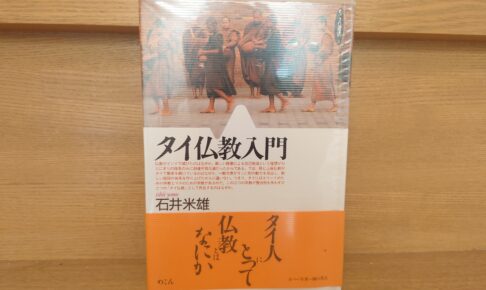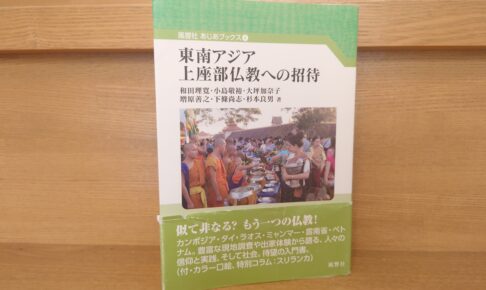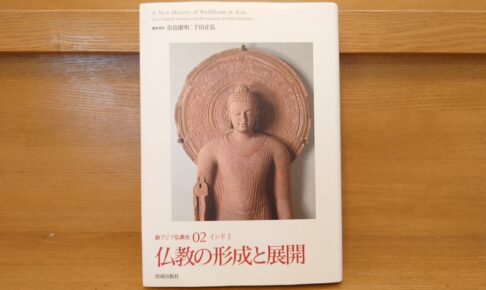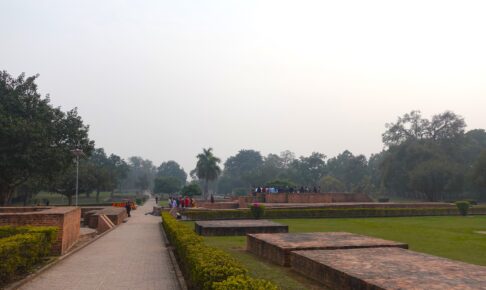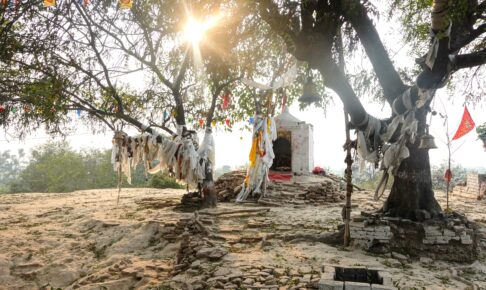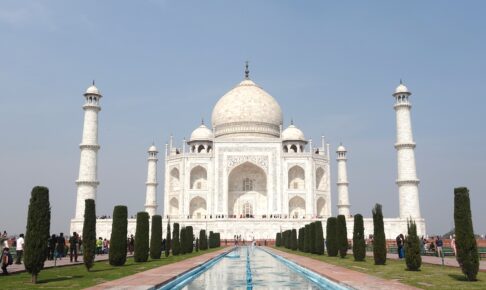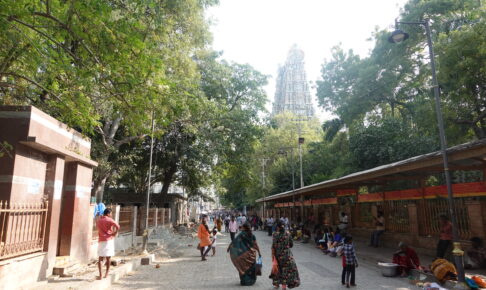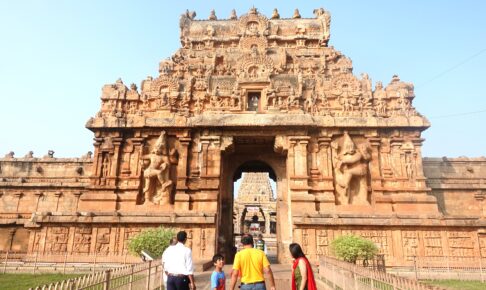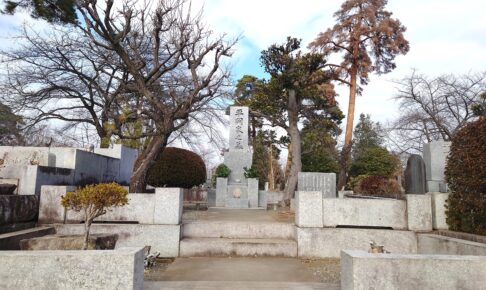Series on Mahayana Buddhism, Volume II: The Birth of Mahayana Buddhism - Recommended reference book to get an overview of Schopen's theory that criticized the origin of the Mahayana Buddhist pagoda.
This volume, "Series on Mahayana Buddhism, Volume II: The Birth of Mahayana Buddhism," is a continuation of the previous volume, "Series on Mahayana Buddhism, Volume I: What is Mahayana Buddhism?
What I particularly appreciated in this book was the presence of the second chapter by Masahiro Shimoda, "Creating Sutras: The Emergence of the Mahayana World."
In this chapter, Gregory Schopen's theories, which have been discussed on this blog in the past, are summarized in an easy-to-understand manner. It was very gratifying to learn an overview of Schopen's theory, which has had a tremendous impact on Buddhist studies in the modern era.












